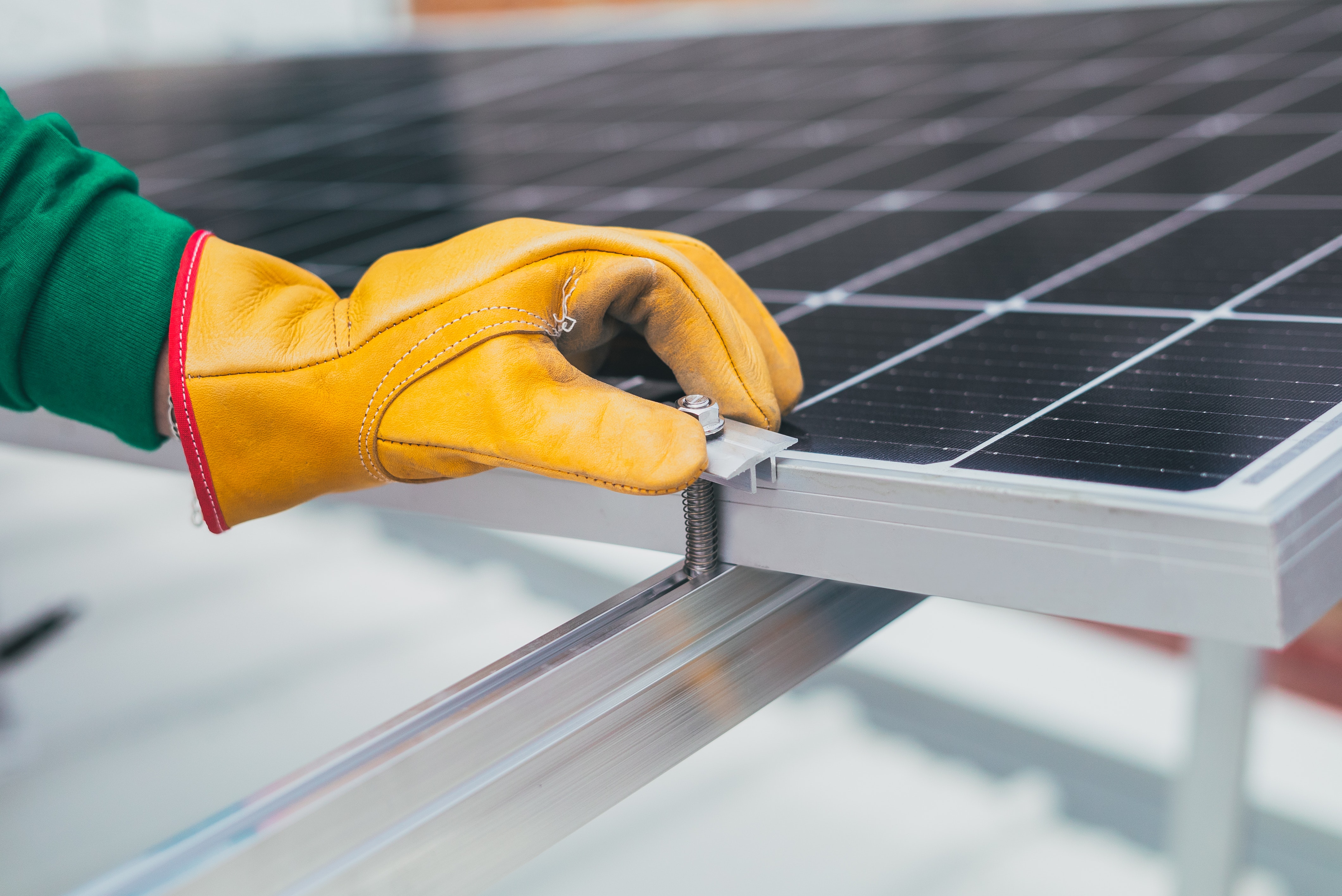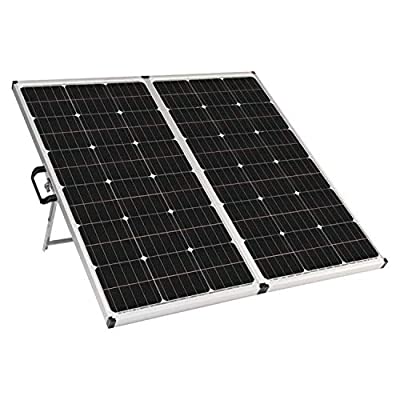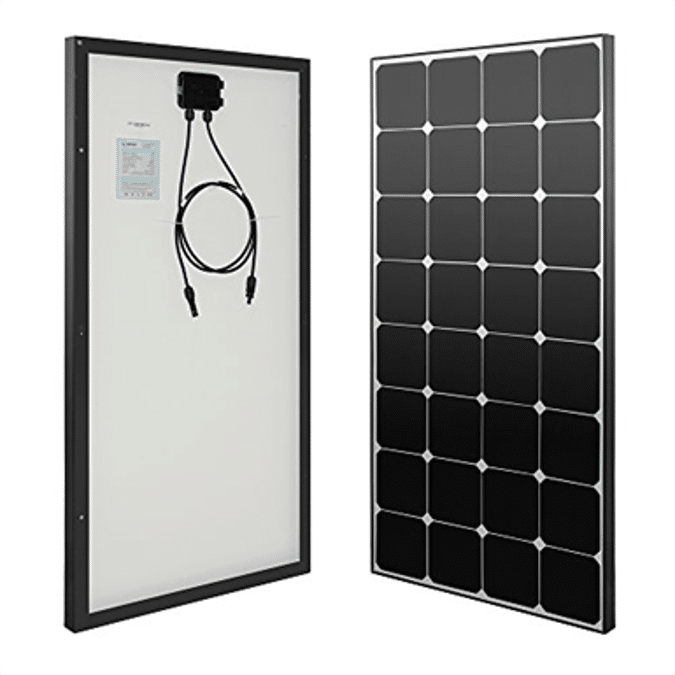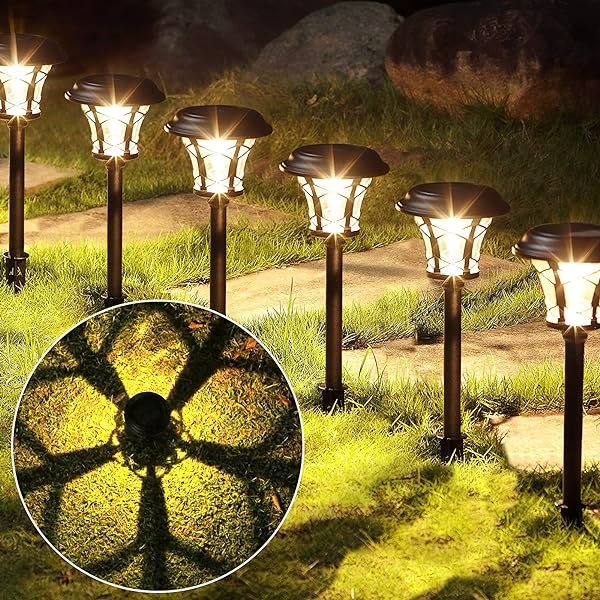We all want a greener future and the answer to that is easy – we need to use more renewable energy. But how can we do that and what are the green energy solutions that can save us?
The truth is, many green energy solutions aren’t so reliable. When it comes to solar energy, for example, panels might produce more electricity in certain months than others.
This makes it difficult to trust them as a reliable source of electricity. There are pros and cons with everything and the trick is finding which aspects of an area or solution you can live with.
In this blog post, you’ll learn about the reliability of different types of green energy sources, including how much they cost, their environmental impact, and how much time they need before they make a profit for their owners. Read on to learn more…
What’s the Reliability of Solar Energy?
Solar panels are made up of two key components – the solar module and the solar panel. The module is the bit that contains the actual solar cells and the panel is where those cells are mounted.
The reliability of solar panels depends on how many sunny days there are in a given region. A sunny day will produce more electricity than a cloudy day does, so it is hoped that solar power can help reduce our reliance on foreign oil.
Unfortunately, not all solar regions are equally sunny – some areas receive more sunny days than others. And you’ll need to consider how reliable the electricity from your solar panels will be if you live in one of those less sunny areas.
Wind Power
Wind turbines are some of the most reliable sources of green energy, producing electricity 24/7. It is true that the wind is a very difficult power source to harness, but it is also free and always available.
One of the key advantages of wind energy is that it can be used as a back-up energy source. In areas where the sun doesn’t shine or the wind doesn’t blow enough, wind turbines can supply electricity to local grids.
This means that while a conventional source like a coal-fired power plant may not be efficient enough, wind turbines can help fill the electricity gap.
If the power produced by a wind turbine isn’t enough to cover the cost of maintaining and running the turbine in a given area, the local grid operator can buy the power from the turbine.
This can help reduce the amount of fossil fuels that would have been used in the area.
How Much Does Wind Power Cost?
Wind turbines have a long lifespan and are fairly inexpensive to run. Because of this, it is possible to generate a profit from wind energy fairly quickly.
In fact, some studies have shown that a wind farm can be profitable within as little as one year! There are two main factors that affect the cost of wind power. Firstly, the cost of building a wind turbine is relatively low.
This means that it is possible to install many turbines in a small area to generate a lot of power. Secondly, the cost of buying and transporting wind-generated electricity is relatively low.
This means that wind farms are often located in remote areas where there is little competition from other conventional power plants.
Other Types of Renewable Energy
Geothermal power is generated by using the heat from the earth’s core to run turbines. It is a relatively reliable source of green energy, with many areas around the world featuring high levels of geothermal activity.
However, geothermal energy can be difficult to harness and is a relatively expensive source of electricity. This means that it is not a good choice for areas where cheap electricity is essential.
Costs and Benefits of Wind Power
There are many positives associated with the use of wind turbines as a green energy solution. For example, they are quite easy to install and maintain, and are therefore likely to attract a lot of interest from local communities.
Wind turbines do have some disadvantages, however. For example, they are affected by weather and can produce a lot of electricity in some months and very little in others.
This makes it difficult to predict how much electricity is available from the wind and how much we would have to rely on other sources of power.
Natural Gas and Fuel Cells
Natural gas and fuel cells produce electricity from natural gas. Natural gas is made up of methane – a greenhouse gas that contributes to global warming – so it is hoped that natural gas-generated electricity will be a greener source of power than coal, oil, and nuclear power.
Natural gas is a reliable source of electricity and is relatively cheap. However, it is produced using methane, a greenhouse gas that contributes to global warming. Therefore, natural gas is a relatively green source of electricity, but it is still affected by global warming.
Natural Gas Turbines
Natural gas comes from natural gas fields and is produced using a natural gas turbine. Natural gas turbines are much like diesel engines, but instead of burning fuel, they burn natural gas. Natural gas is a reliable source of green electricity and is relatively cheap. However, it is produced using methane, a greenhouse gas that contributes to global warming.
Summary
Wind turbines are some of the most reliable sources of green energy, producing electricity 24/7. They are also free and always available, making them the ideal back-up power when the sun or the wind aren’t producing enough electricity.
Natural gas and fuel cells produce electricity from natural gas, which is a relatively reliable source of green electricity that is cheap and produced using methane, a greenhouse gas.
There are many pros and cons with natural gas, but it is a relatively reliable source of electricity that is cheap, produced using methane, and is often a reliable source of power.
These green energy solutions aren’t entirely reliable, but they’re also among the least expensive sources of electricity available. If you’re looking to save money on your monthly energy bill, these are some of the best green energy solutions to consider.





